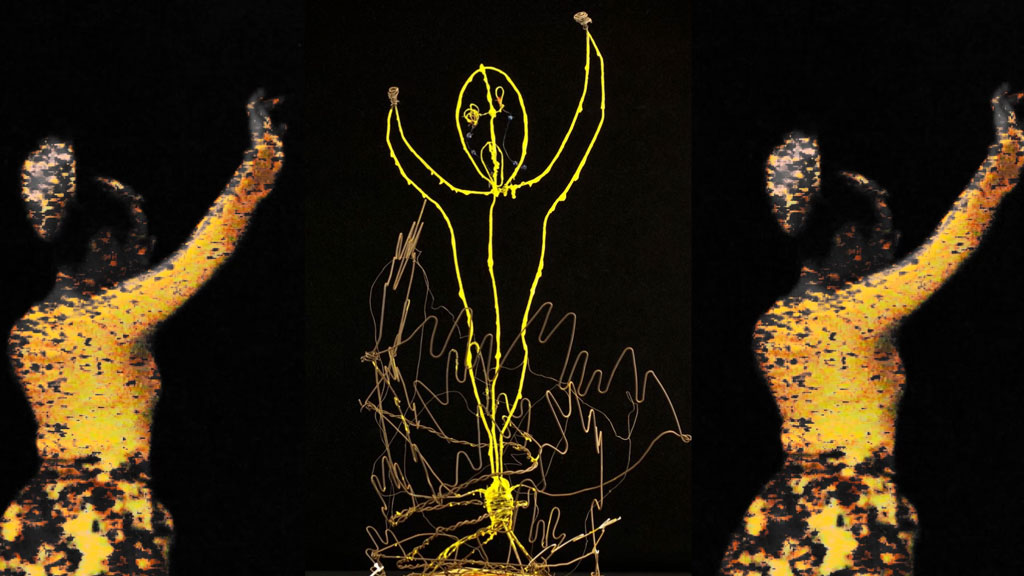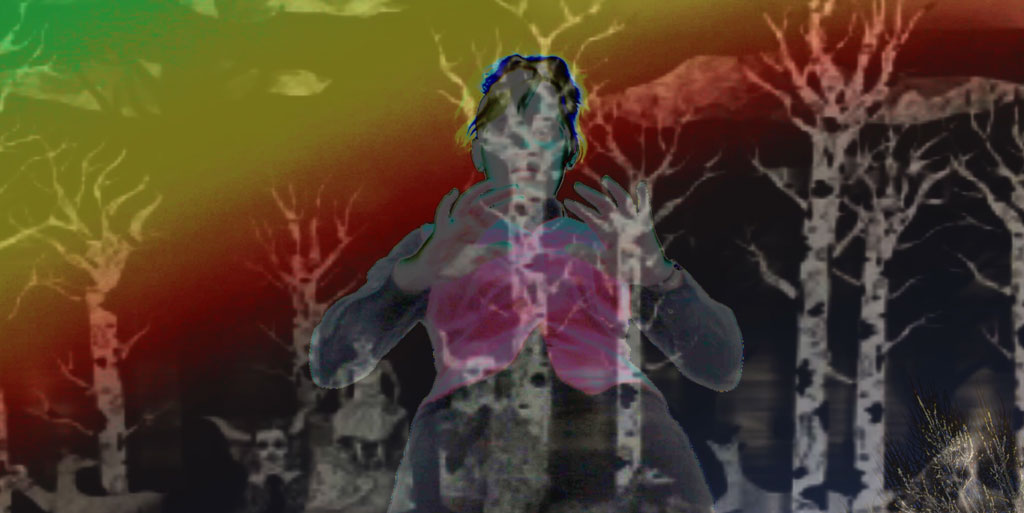Anthropology Capstone “Fear Itself”: Manifestations of Fear in Pieces from Wheaton’s Permanent Collection
By Madison Joan (Class of 2021)
Since my first Anthropology course, I have been infatuated with the concept of material culture; the idea that objects created and left behind by humanity can tell us so much about the way they lived is fascinating. As a creator of both tangible and intangible mediums, I began to wonder how I might explore the possibility of material cultures for our time, especially as a college student in the midst of a pandemic.
While I was quarantined at home for countless months, I could not shake the fear I felt. There was a constant pit in my stomach, a clattering in the back of my mind, which told me I should be worried, I should be afraid. From the storming of the capitol to the steady incline of the covid graphs on the news, there was– and still is– so much out of our control. But moments like these are when I create. In the midst of chaos, art is a constant.

I am a double major in Anthropology and Theatre, and I have long awaited the chance to bridge the two. There is so much which each respective field can stand to benefit from the other. In the pandemic, filmmaking became the only way I could practice my performance, and so I became more friendly with my mother’s camera. I acquainted myself with a basic film editing software, and was soon comfortable enough to make short projects which I thoroughly enjoyed.
When it came time for me to commit to a topic for my Anthropology capstone, I knew I wanted to do something with film. I thought back on the most impressionable moments in class, and immediately remembered our brief time in the permanent collection. I committed to an idea, an unconventional method for the department, but one which I felt suited my skills and interests; a four part short film, telling the shared stories of objects in the permanent collection.
Soon after, Leah Niederstadt and I met, and she was kind enough to share with me some pieces which I might be interested in. My topic was “fear,” and however vague I may have been, she knew exactly what objects to curate for my project. I received a list of about 50 pieces, and skimmed through their informational sheets until I had four categories of shared intention with which these objects were created; fear of the physical; fear of change; fear through ritual; fear in our heads.
I became acquainted with these objects and their histories. I must say, my favorites are the pieces created by Wheaton students. The idea of a film which features work done by alum for a capstone project is exciting to me in that I hope my work becomes a sort of digital culture. These videos are as much a product of their time as the pieces featured within them. They are not hollywood quality, or ready for critical reviews by any means, but they are special to me. I have made my work in a way that is vulnerable, intimate, and honest. Fear Itself is proof that each of these objects carry a story which lives and breathes, in a space beyond time and place. It is proof of life and living, death and dying, dreams and nightmares, and all things in between.

From these objects, I have become mindful of how their creators formulated their art, their talismans, their works. I have imagined the fears from which their ideas were conjured, and the horror many of them faced before they set their hands upon a pencil, a paintbrush, a string, a tool of their trade. When we create, we leave something that stays still as we try and outrun time’s setting sun. We do not always leave words with our pieces, though we may if we are fortunate enough to. But these objects, evidence of humanity, of fear, of heartache and hope, they speak with an energy that can be seen and felt. Fear Itself translates the motifs present in these objects through more than words. In colors, sounds and visual queues, we delve into what it means to feel frightened, to feel weak or defeated, to feel something shared across generations. In this way, perhaps we can become closer to history and persons passed; we may see them not as stories told, but stories worth telling.
-
Categories:
- Academic Festival
- Anthropology